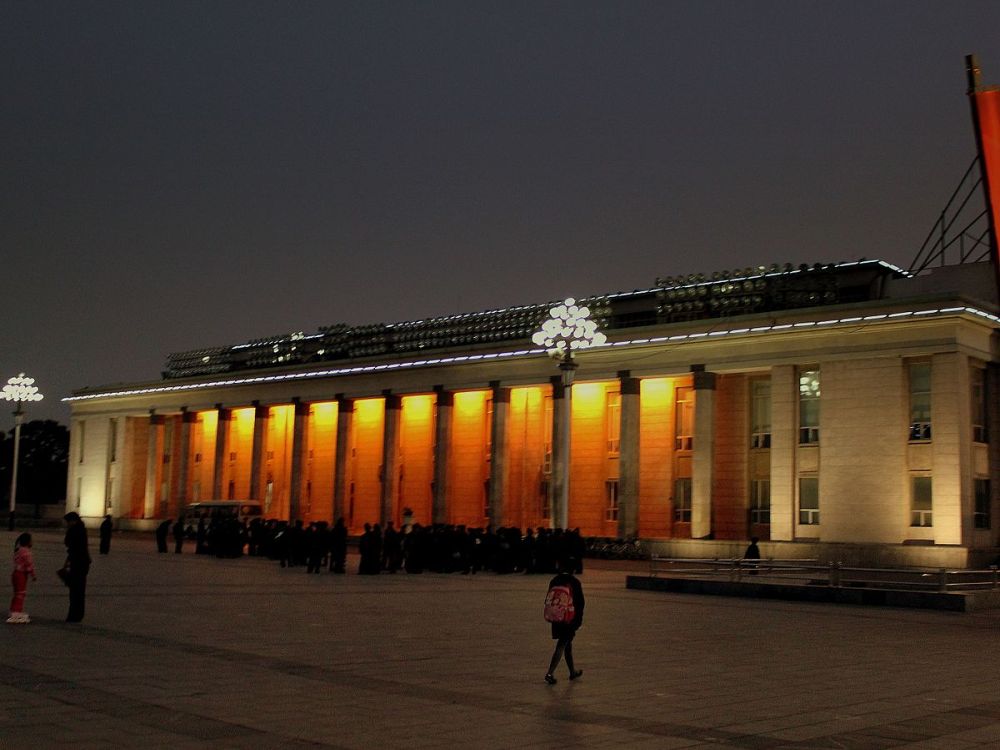

The Central Art Gallery located in Pyongyang, North Korea, serves as a hallmark for the nation's artistic endeavors, showcasing traditional Korean art alongside contemporary pieces. Initially established to propagate and glorify the principles of the Workers' Party of Korea and the country's leaders, it has become an important institution within North Korea's cultural landscape.
The history of tourism in North Korea, and particularly to venues like the Central Art Gallery, is largely shaped by the country's political narrative. Since the end of the Korean War and the establishment of the Democratic People's Republic of Korea (DPRK), North Korea has been one of the most isolated and controlled societies in the world. The government has historically used tourism as a tool for diplomacy and showcasing the country's achievements.
The tourism sector started to be slowly developed as a means to earn foreign currency in the late 20th century, but visits to places like the Central Art Gallery were tightly orchestrated, with the art therein meant to inspire awe and admiration for the country's ideology and leadership.
In recent years, North Korea has sought to increase tourism as part of its economic strategy, with areas like Pyongyang and the Central Art Gallery being key stops on tightly controlled group tours. However, the art gallery is not just a tourist attraction but also serves as a place where locals can enjoy artwork that follows the nation's cultural policies.
Foreign tourists visiting the Central Art Gallery can expect to see a range of art forms, including Korean paintings, calligraphy, and Juche-inspired art pieces. The exhibitions are often reflective of North Korea's political and social narrative, emphasizing themes such as the revolutionary struggle, the leadership of the Kim dynasty, and the strength of the Korean people.
Access to the Central Art Gallery for tourists is usually possible only as part of a guided tour. Independent travel within North Korea is not permitted, and tourists are required to follow strict guidelines while in the country, including restrictions on photography and interactions with locals. These tours, while restrictive, provide a curated glimpse into the DPRK's culture and how the government wants its narrative to be seen by outsiders.
Kim Il-sung Square is a significant landmark and public space located in the heart of Pyongyang, often featured in media coverage of North Korea. It is known for grand military parades, mass dances, and political rallies. While its primary function is for state events, it has become a point of curiosity for tourists, offering a sense of scale and importance placed on public displays of unity and strength in North Korean society.
Visitors to the square can typically experience it as part of a guided tour itinerary, often being taken to the square after a visit to the Central Art Gallery. Tourists may find the scale of Kim Il-sung Square impressive, with the ability to hold tens of thousands of people during events. Visiting such locations provides an interesting perspective on the orchestrated nature of public life in North Korea.
The Central Art Gallery and Kim Il-sung Square in Pyongyang are essential parts of any state-sanctioned tour of North Korea. They offer a unique view into the country's cultural and political life, albeit through a carefully managed lens. The history of tourism within North Korea is deeply intertwined with its political narrative, making it an intriguing, if not challenging, destination for the adventurous traveler.